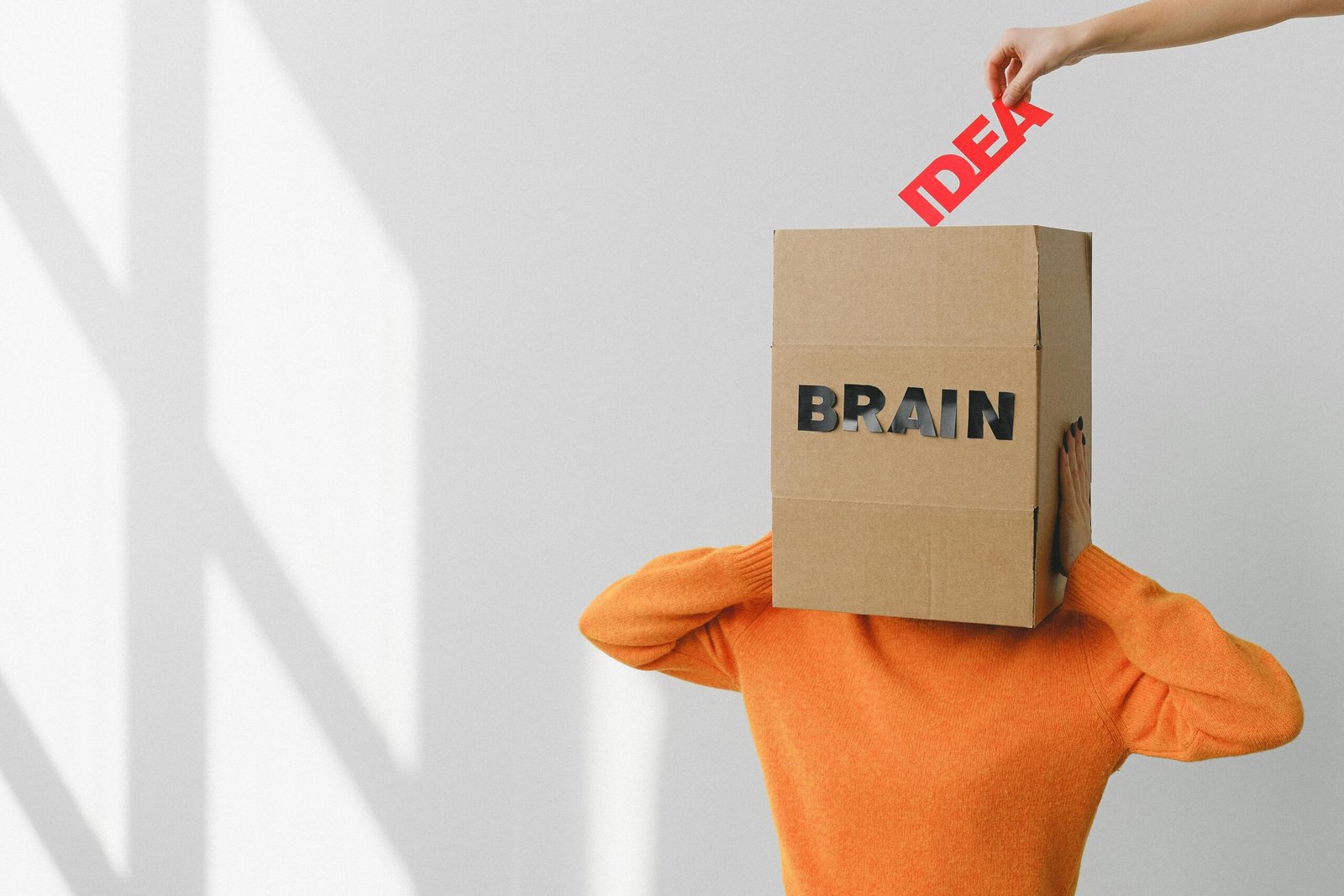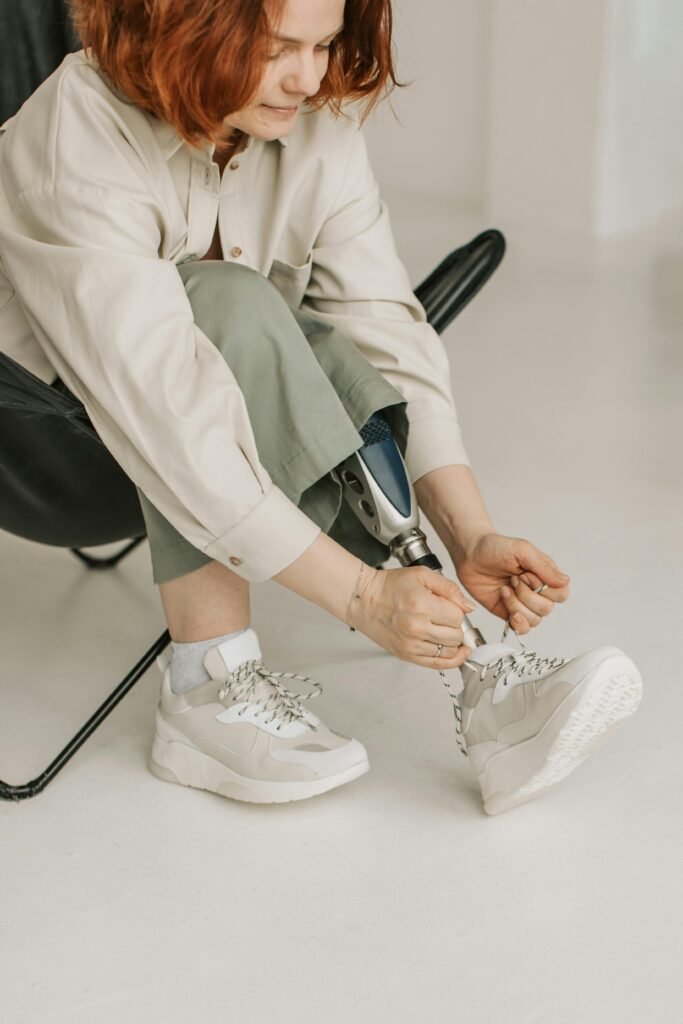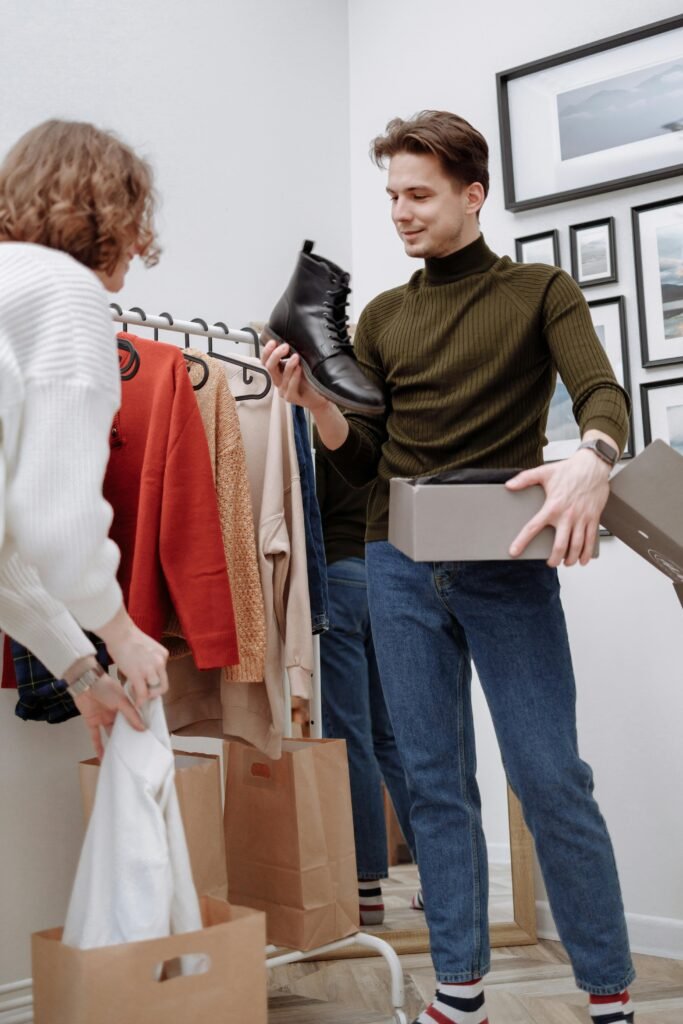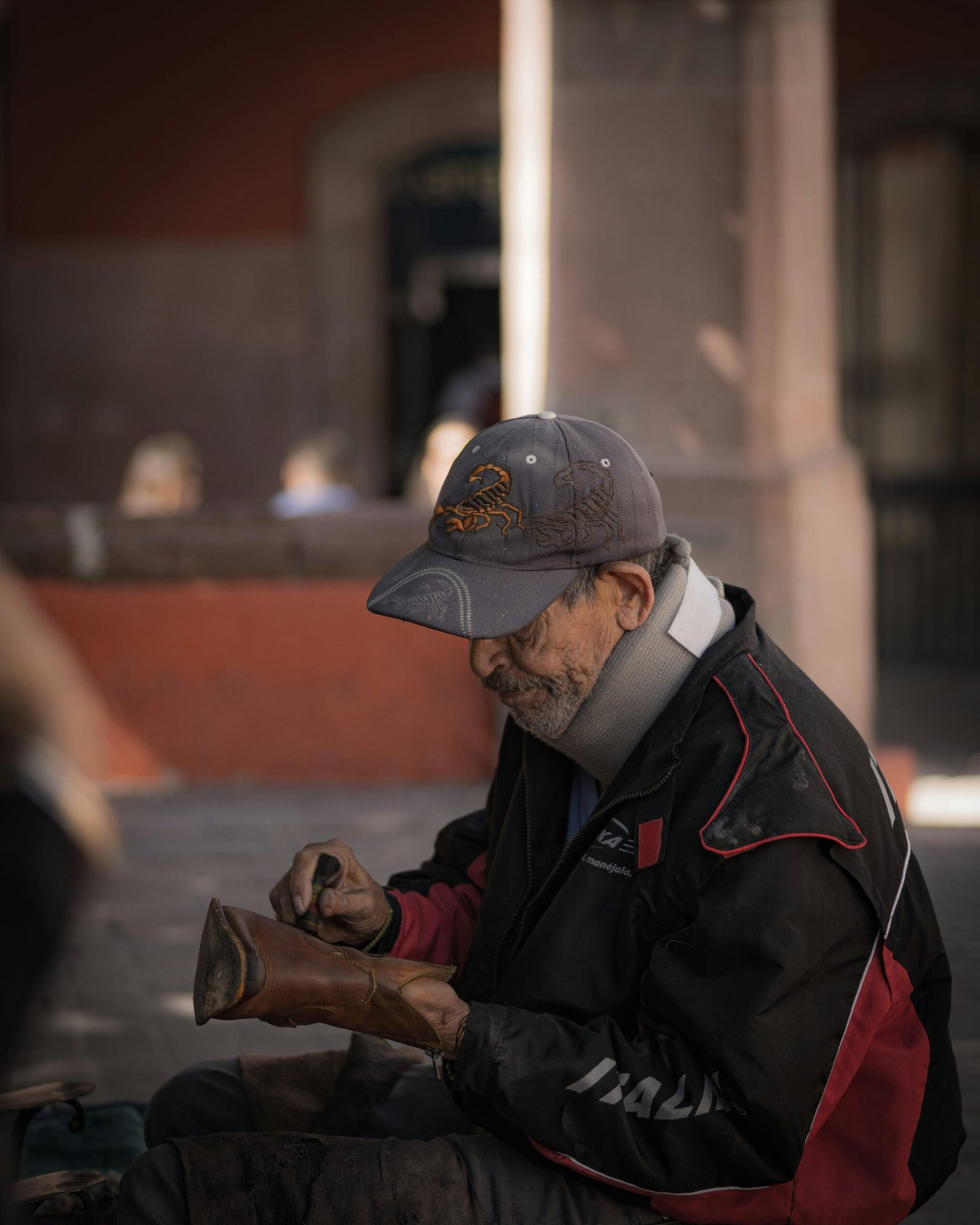Shopping for shoes? Yeah, it seems simple — but if you’re someone who actually cares about how your feet feel and how your shoes look, then it’s more than just picking the first good-looking pair on the shelf.
Whether you’re dressing up for a formal event, heading to work, or just chilling with friends, the right pair of shoes can level up your entire look — and your comfort. This guide is here to help you make smarter choices when buying men’s shoes, keeping style, comfort, and purpose in mind.

Understand Your Purpose First
Before diving into brands and styles, ask yourself: Where will I wear these shoes?
- Work/Formal Events: You’ll want something classic like Oxfords, Derby shoes, or Loafers.
- Casual Outings: Go for sneakers, boat shoes, or casual loafers.
- Sports or Gym: Invest in quality running or training shoes.
- Outdoor/Adventure: You’ll need hiking boots or rugged sneakers with grip and support.
- Everyday Errands: Look for lightweight, breathable, easy-to-slip-on shoes like slip-ons or basic sneakers.
Choosing based on purpose saves both your money and your feet!

Style that Matches Your Personality
Your shoes say a lot about you — sometimes even more than your clothes.
- Classic & Clean? Go with minimal leather sneakers or brown loafers.
- Sporty Guy? Chunky sneakers or performance trainers are your thing.
- Street-Style Lover? High-top sneakers, bold colors, and layered textures work best.
- Corporate Vibes? Leather Oxfords, Derbies, or Monk straps are your go-to.
Try to match your shoes with your overall wardrobe. If you’re all about neutrals, maybe skip the neon kicks — unless you’re feeling bold!

Comfort is King
You might look like a million bucks, but if your shoes hurt after 10 minutes — what’s the point?
Here’s what to check:
- Proper Fit: Your toes shouldn’t feel cramped. Leave a thumb’s width at the front.
- Arch Support: Essential if you’re on your feet a lot. Try insoles if needed.
- Padding & Cushioning: Especially important in casual and running shoes.
- Material Breathability: Leather is durable, but mesh/synthetic uppers offer better airflow.
Pro Tip: Try on shoes in the evening — your feet are slightly swollen then, giving you a better idea of real fit.

Build a Core Shoe Wardrobe
You don’t need 20 pairs. Just a smart rotation:
- Black or Brown Dress Shoes – For office or formal wear.
- White or Neutral Sneakers – Matches almost everything.
- Casual Slip-ons or Loafers – Easy and stylish for daily wear.
- Sport/Running Shoes – For workouts or long walks.
- Boots (Optional) – Great for winter, rugged looks, or riding.
Quality > Quantity. It’s okay to invest a bit more for long-lasting pairs.

Don’t Forget Shoe Care
Even the best shoes can wear out quickly without love.
- Clean them regularly based on the material.
- Use a shoe tree for leather pairs to maintain shape.
- Let your shoes breathe — don’t wear the same pair every day.
- Weather-proof them if you live in rainy or snowy areas.
Take care of your shoes, and they’ll take care of your feet (and style).
Special-Purpose Shoes
✔ Slip-ons – Quick errands (Skechers, Vans).
✔ Sandals – Summer comfort (Birkenstocks).
✔ Orthopedic Shoes – For foot pain (Dr. Comfort).
Final Tips Before Buying:
✅ Measure your feet – Sizes vary by brand.
✅ Shop late afternoon – Feet expand during the day.
✅ Check return policies – In case of fit issues.
Final Thoughts
Buying shoes isn’t just about filling up your closet — it’s about feeling confident, comfortable, and ready for whatever your day throws at you.
Next time you’re out shopping (or scrolling online), take a second to think: Is this shoe really right for my lifestyle, feet, and fashion?
